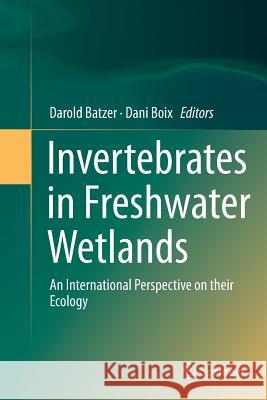Invertebrates in Freshwater Wetlands: An International Perspective on Their Ecology » książka
topmenu
Invertebrates in Freshwater Wetlands: An International Perspective on Their Ecology
ISBN-13: 9783319797120 / Angielski / Miękka / 2018 / 645 str.
Invertebrates in Freshwater Wetlands: An International Perspective on Their Ecology
ISBN-13: 9783319797120 / Angielski / Miękka / 2018 / 645 str.
cena 615,43 zł
(netto: 586,12 VAT: 5%)
Najniższa cena z 30 dni: 612,57 zł
(netto: 586,12 VAT: 5%)
Najniższa cena z 30 dni: 612,57 zł
Termin realizacji zamówienia:
ok. 20 dni roboczych.
ok. 20 dni roboczych.
Darmowa dostawa!
Kategorie:
Kategorie BISAC:
Wydawca:
Springer
Język:
Angielski
ISBN-13:
9783319797120
Rok wydania:
2018
Wydanie:
Softcover Repri
Ilość stron:
645
Waga:
0.90 kg
Wymiary:
23.39 x 15.6 x 3.35
Oprawa:
Miękka
Wolumenów:
01
Dodatkowe informacje:
Wydanie ilustrowane











